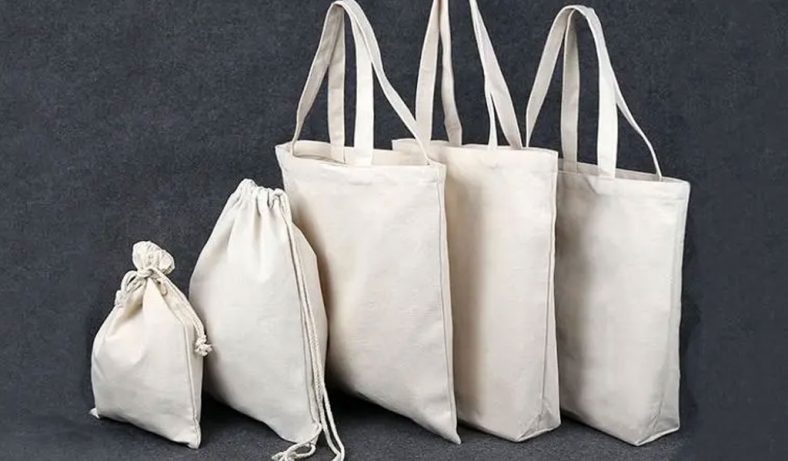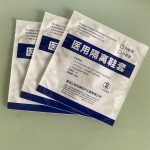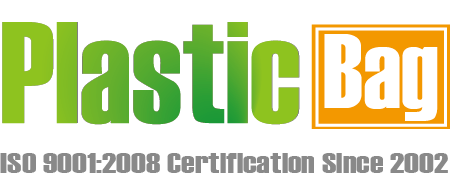
Ton bags, also known as FIBC (Flexible Intermediate Bulk Containers), are extensively used across various industries due to their ability to handle large quantities of materials. However, an occasional challenge encountered with these bags is the occurrence of uneven surfaces, which can lead to issues in transportation, storage, and overall functionality. Several factors contribute to these uneven surfaces, and understanding them is crucial for mitigating such problems.
- Inadequate Filling Process: One of the primary reasons behind uneven surfaces in ton bags lies in the filling process itself. If the filling mechanism is not optimized or calibrated correctly, it can result in uneven distribution of material inside the bag. This imbalance leads to irregularities in the bag’s surface, causing bulges or depressions.
- Material Characteristics: The properties of the material being loaded into the ton bag play a significant role. Materials with varying densities, particle sizes, or inconsistent flow characteristics can cause uneven packing. For instance, powdery substances might compact unevenly, leading to surface irregularities.
- Improper Handling and Transportation: Rough handling during transportation and storage can also contribute to uneven surfaces. Excessive shaking or dropping of the bags can cause the contents to settle unevenly, resulting in lumps or indentations that affect the bag’s surface.
- Bag Design and Quality: The design and quality of the ton bag itself can impact its surface. Low-quality bags or those with structural flaws might not hold the material uniformly, leading to surface inconsistencies.
- Environmental Factors: External environmental conditions such as humidity or temperature can affect the material’s behavior inside the bag. Moisture content or temperature differentials can cause certain materials to clump or settle unevenly, resulting in an irregular surface.
- Overfilling or Underfilling: Failure to adhere to recommended filling capacities can cause uneven surfaces. Overfilling can stretch the bag unevenly, creating bulges, while underfilling can lead to slack areas causing depressions.
- Storage Duration: Prolonged storage of ton bags can also impact their surface. Materials might settle or shift over time, especially if stored in less controlled environments, leading to uneven surfaces.
To address these issues and ensure even surfaces in ton bags, several measures can be taken:
- Optimizing Filling Processes: Implementing precise and calibrated filling mechanisms can ensure uniform material distribution.
- Material Analysis: Understanding the properties of the loaded material helps in anticipating its behavior inside the bag, allowing for adjustments in handling and filling procedures.
- Improved Handling Practices: Careful handling during transportation and storage minimizes the risk of uneven settling.
- Quality Assurance: Using high-quality ton bags designed to withstand intended loads and ensuring their structural integrity is vital.
In conclusion, the reasons behind uneven surfaces in ton bags are multifaceted, stemming from filling processes, material characteristics, handling, bag design, and environmental factors. Addressing these factors through optimized processes, improved handling, and quality assurance measures can significantly reduce uneven surfaces, enhancing the efficiency and reliability of ton bag usage across industries.









